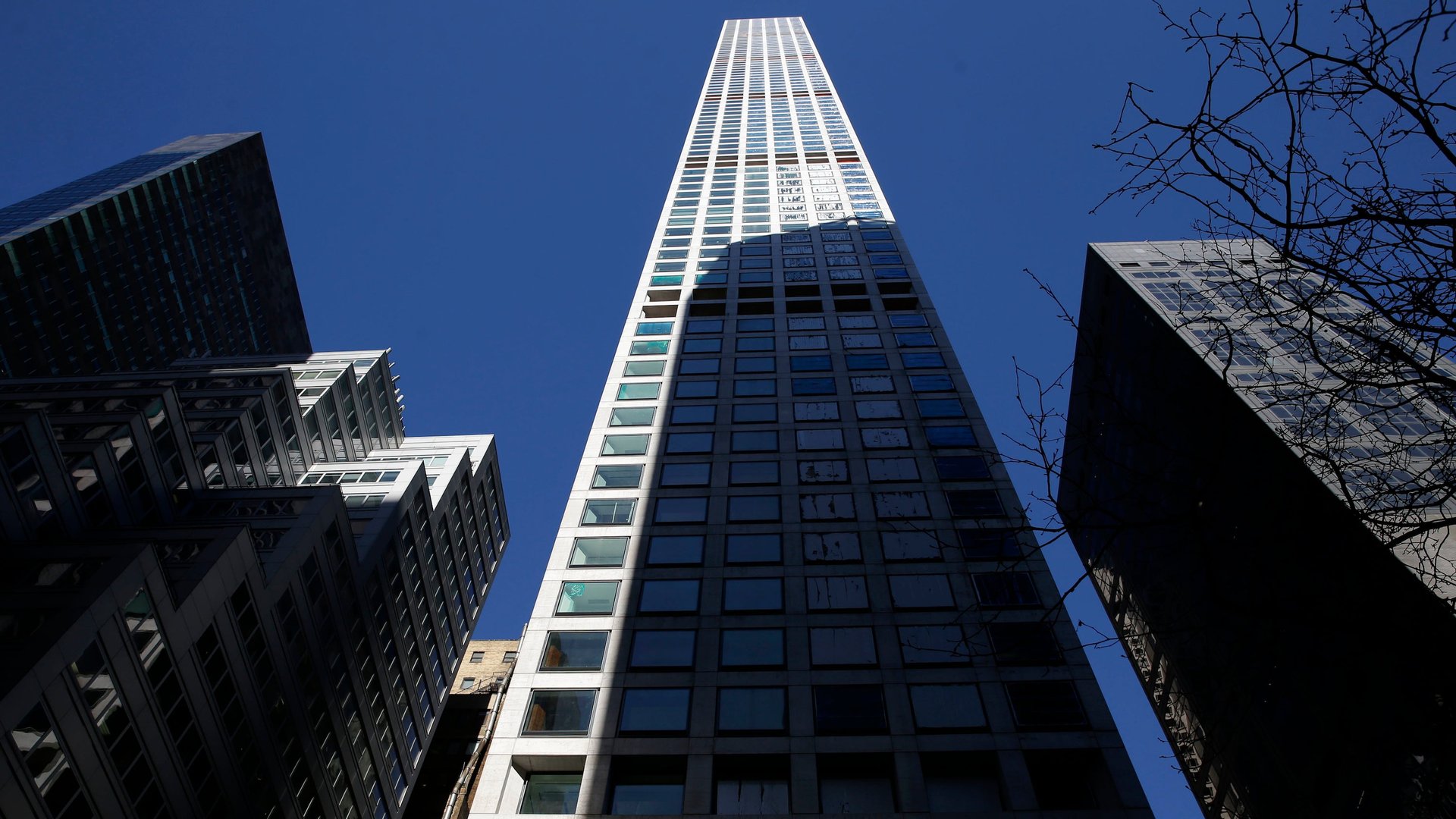How NASA accidentally found a way to make buildings safer during earthquakes
NASA technologists are typically focused on making it safe for humans to explore outer space. Now the space agency says it’s found a way to make earthquakes safer for people on the ground.


NASA technologists are typically focused on making it safe for humans to explore outer space. Now the space agency says it’s found a way to make earthquakes safer for people on the ground.
NASA developed a new stabilizing technology, known as the LOX Damper, in 2013 after working on a violently shaking rocket. Testing revealed that the Ares rocket, a crew launch vehicle, would shake so hard during ascent that it could harm astronauts on board. So one NASA team experimented with controlling the heaviest part of the rocket—its fuel. That got the team thinking: If this technique worked on a rocket, why not a building?
To understand what’s so distinctive about this new technology, it’s helpful to know that the normal approach to counteracting vibrations is to add more weight to an object. Hundreds of buildings around the world use a system called a tuned mass damper (TMD). A very heavy device, called a secondary mass, is attached to a building to counteract its movements. One of the world’s tallest skyscrapers, Taipei 101 in Taiwan, features a 730-ton gold ball set on springs. The Comcast Center building in Philadelphia, meanwhile, has a tank containing thousands of gallons of water. These systems respond to movements by shifting in the opposite direction. So if an earthquake or high winds force a skyscraper to sway to the right, the TMD responds by swaying to the left—mitigating the motion.
But there are drawbacks to TMDs. For one thing, they’ve very expensive. (Retrofitting the Theme Building at the Los Angeles International Airport, a historical landmark, required 600 tons of steel and cost a total of $12.3 million.) And TMDs are also very large, so that buildings that use them “lose prime real estate,” according to Rob Berry, the NASA project manager for the team that developed the technology.
A liquid anchor
In the case of the 650,000-pound Ares rocket, a TMD system wasn’t practical. Adding more weight would have made it impossible to get the rocket off the ground. Berry and his team had to get creative. They realized that making the rocket’s fuel move in a way that counteracted the vibration would perform the same function as adding more weight. So they identified the frequency of the rocket’s vibration—then changed the liquid’s frequency to match it.
The final version of the LOX Damper weighed less than 100 pounds and was installed in the rocket’s main fuel tank. This altered the fundamental response of the rocket, resulting in 20 times less vibration. The result was a rocket safe for humans.
The same concept can be applied to buildings, Berry explains.
“Everything with mass and stiffness has got a natural frequency, (so) a building will want to move,” he says. “Say the building wants to move at 2.5 hertz. They’ll set that to be the frequency of the tuned mass damper. That knocks out some of the response of the building.”
The force that causes the building to vibrate doesn’t figure into this calculation—all that matters is the frequency of the building’s motion. To test out the technology, the NASA team developed a new device called a disruptive tuned mass (DTM) specifically designed for buildings. After a test at the Marshall Space Flight Center in Huntsville, Alabama, proved successful, NASA “reached out to the architecture and engineering firms” to tell them about the new opportunity, according to Berry.
The latest version of the device is approximately the size of coffee can. It can be placed in a building’s swimming pool, pipes, or even a sprinkler system. After an engineer determines the frequency at which a building naturally begins to move in the event of an earthquake or high wind, the DTM is set to match that frequency. This effectively ties a weight to the building that prevents it from moving as it otherwise would, just like tying a brick to a dog’s tail.
Current buildings can be retrofitted with the equipment, and the system can also be included in a new facility’s design. Tower B2 at Pacific Park, in Brooklyn, New York, is the first commercial property to have this new DTM installed. The decision came after the engineering firm Thornton Tomasetti made a site visit to Marshall to view the building test.
“Thornton Tomasetti saw how simple it was and how effective it was and they went off and incorporated it into their B2 building,” says Berry.
Earthquake protection in real time
The goal for B2’s engineers is to reduce the motion of the building in high winds. But if the building owners decide they want the structure to be even more stable and withstand earthquake, they can adjust the frequency to which the DTM is set.
Installing the NASA technology also means that buildings will be able resist movement from the instant an earthquake strikes. With a traditional TMD, the building would bear the full force of movement for the four or five seconds it takes for the secondary mass to be set in motion. That can be a destructive few seconds.
There’s still no way to ward off earthquakes. But it’s clear that we can do more to protect buildings from shifting of tectonic plates beneath the Earth’s crust. Thanks to NASA, engineers now have one more good option.